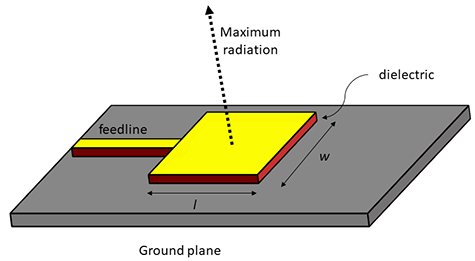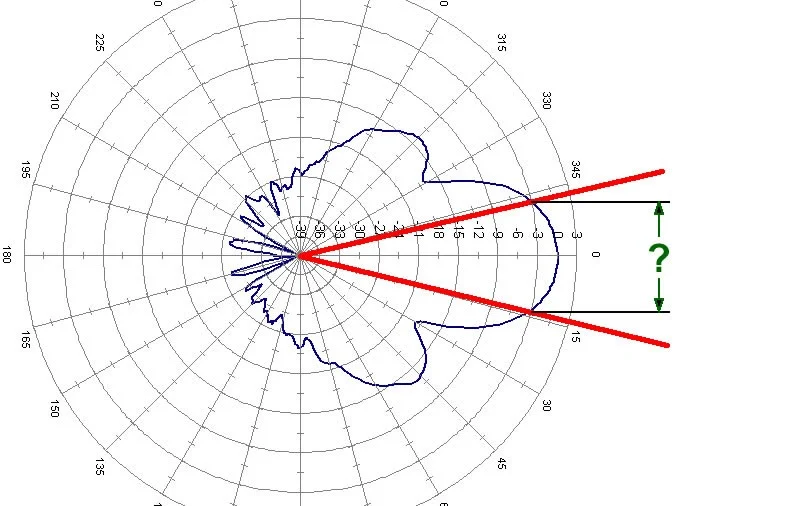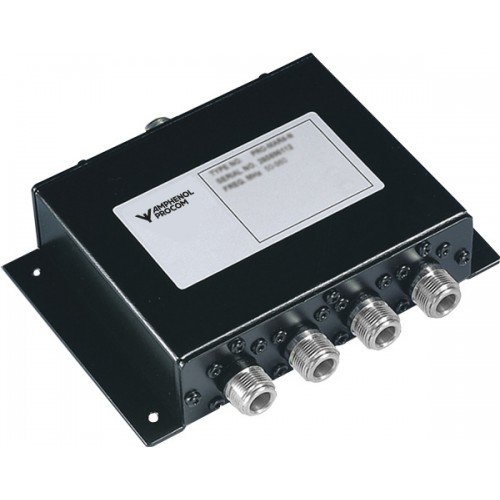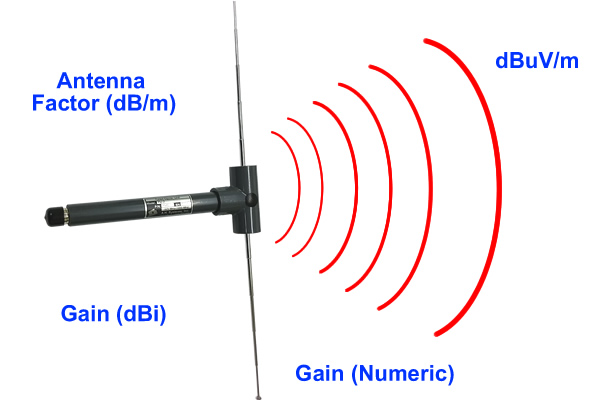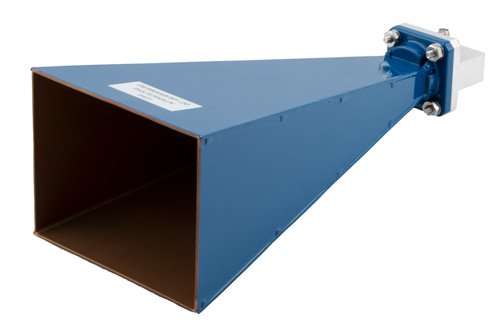Passive Antenna Advantages | 5 Key Benefits
Zero Maintenance Needs Passive antennas sidestep nearly all maintenance headaches because they contain no electronics or moving parts. Unlike active antennas – which require quarterly voltage checks, cooling system inspections, and component replacements – a passive unit just sits there doing its job year after year. Materials like hardened fiberglass radomes and marine-grade aluminum housings […]
Passive Antenna Advantages | 5 Key Benefits Read More »

